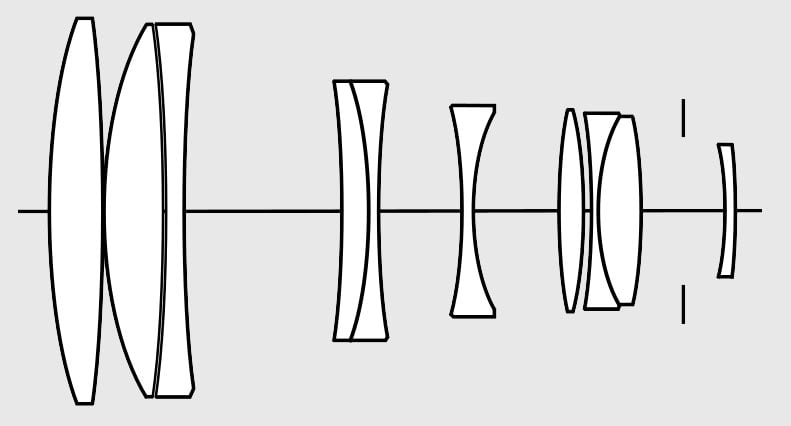
![]()
Researchers have created the first “metalens” that can focus the entire visible spectrum of light onto a single point in high resolution. The breakthrough brings metalenses one step closer towards replacing bulky camera lenses with much smaller chips.
We first reported on the metalens research by Harvard scientists back in mid-2016, when they announced that the new technology could lead to high-resolution camera lenses that are thinner than a human hair.
Instead of using solid pieces of curved class to focus light, “meta-material lenses” are covered with an array of “titanium dioxide nanofins” that helps focus light on a point in exactly the same way.
Back in 2016, the researchers stated that the next challenge would be figuring out how to make these metalenses focus the entire visible spectrum and all colors onto a single point:
This focusing of the entire visible spectrum has now been achieved. Here’s how, according to Harvard SEAS:
Previous research demonstrated that different wavelengths of light could be focused but at different distances by optimizing the shape, width, distance, and height of the nanofins. In this latest design, the researchers created units of paired nanofins that control the speed of different wavelengths of light simultaneously. The paired nanofins control the refractive index on the metasurface and are tuned to result in different time delays for the light passing through different fins, ensuring that all wavelengths reach the focal spot at the same time.
Harvard SEAS reports that the latest metalens is able to completely eliminate chromatic aberration, a common issue in modern camera lenses. This is when lenses fail to focus all colors on the same point, causing colored or rainbow edges to appear in areas of contrast in photos.

Prior to this development, eliminating chromatic aberration “has only ever been achieved in conventional lenses by stacking multiple lenses,” Harvard says.
The fact that multiple optical lenses have traditionally been needed to combat chromatic lenses mean that camera lenses — especially high-end professional lenses — can be extremely bulky and heavy. A metalens replacement could one day offer the same optical quality at a fraction of the size and weight.

“Using our achromatic lens, we are able to perform high quality, white light imaging,” says researcher Alexander Zhu. “This brings us one step closer to the goal of incorporating them into common optical devices such as cameras.”
With this focusing challenge solved, the researchers will now be moving onto scaling the lens up to roughly 1cm in diameter, which would open up a new world of possible applications.
There’s no word on when we might see a metalens launch for mainstream cameras or smartphones, but Harvard says it has licensed the IP from this research to a startup company for commercial development.

